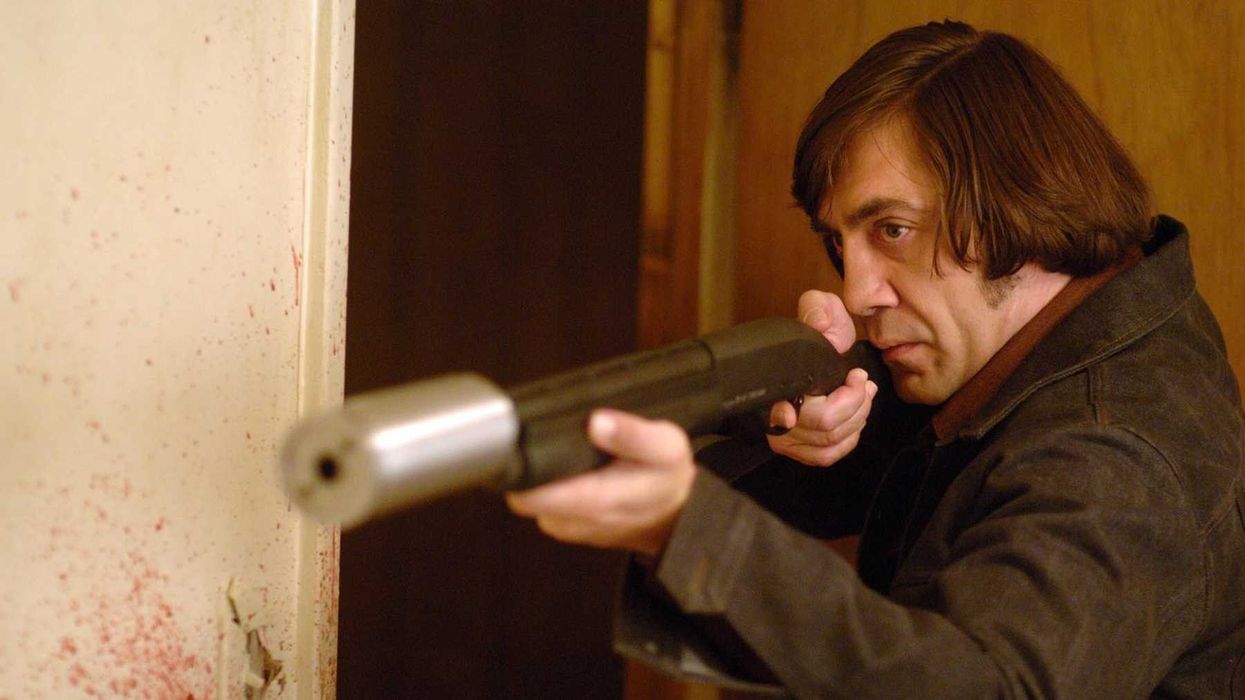How the Coens Wrote Their Neo-Western Masterpiece 'No Country for Old Men'
The writing of No Country for Old Men gave us memorable characters and a classic film.

When the Coen brothers talk, we listen, especially when it comes to the 2007 classic No Country for Old Men. It's a movie about greed, America, manifest destiny, cowboys, and fate.
To call the film deep is to call the ocean wide.
We've written about the direction of No Country for Old Men, the actual screenplay of the film, and even the length of some of the scenes, but today I wanted to go over the process of adapting the Cormac McCarthy book.
How did the Coen brothers tackle the project and make it into a modern classic? Check out this video essay from Behind the Curtain and find out.
Learn how the Coen Bros. Wrote No Country for Old Men
Writing an adapted screenplay is not as easy as some people make it out to be. You have to find the essence of the project from the book and then also make the story feel contemporary for audiences today.
They can be thankless endeavors, as book fans blame you for leaving things out and new fans call you obtuse.
But when you get a perfect adaptation, like No Country for Old Men, you have to celebrate it.
One of the themes of the novel is evil—a new evil coming toward us that may be unparalleled to the evil seen by prior generations. And that idea drew the Coens into the fold.
What excited them was not only the core of the story but the pulpy center of a thriller that takes a turn.
It's a thrilling chase with a moral center.
Much of what the brothers did was stick with the matter of fact violence in the book, but pull back the urge to make it feel studio. It's about an arbitrary world where life is unfair.

So how did they do it?
Just by talking to each other. Pushing story beats back and forth, dialogue, and figuring out what comes next.
They write together in the same room and continue to type up dialogue in a scene.
One Coen types while the other Coen talks.
They prefer to write in the same rooms and to take naps when needed.
Sounds like a lot of us.
Most of their time is spent debating and talking through the story and characters. Highlighting the themes and making sure they hit their motifs.
And then when it comes to character creation, sometimes it's about taking words away.
To make Anton Chigurh pop, they pared back his speeches from the book to their essential elements. Sure, he still delivers these terrifying speeches, but the attempt here is to keep it about his presence—about how he is almost inevitable.
And if you hurt him, he'll keep coming.
The other interesting thing to them is the idea that we'd track with one character for most of the movie and then shift to the other later because he dies.
It causes the audience to stop and think—if this is not about one character, how can it be about the other?

At the end of the day, most of the writing is just...writing.
They got the book, broke it down, and did the work.
And that's our challenge to you as well.
Get in your favorite chair and kick some ass. We can't wait to see what you come up with next...
What's next? Get our free screenwriting eBook!
So much of what we're talking about on No Film School when it comes to screenwriting is summarized in our new eBook. It also helps guide you through a 10-week writing plan that will get your script actually finished.
Keep reading!
Source: Behind the Curtain











